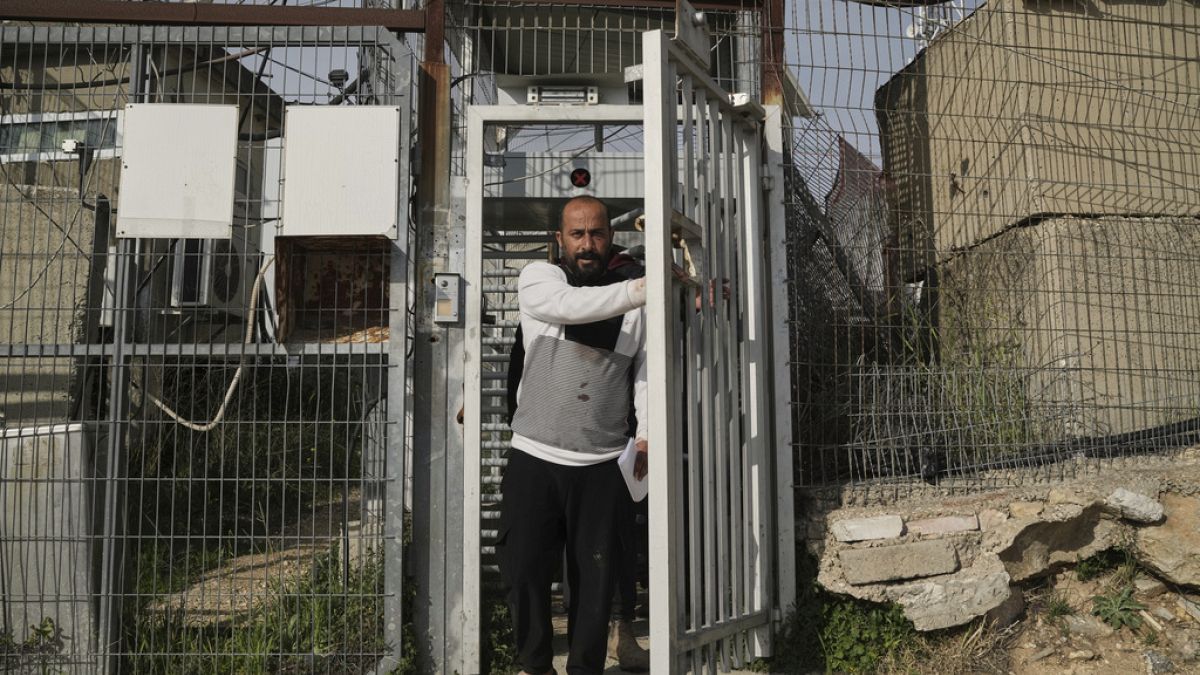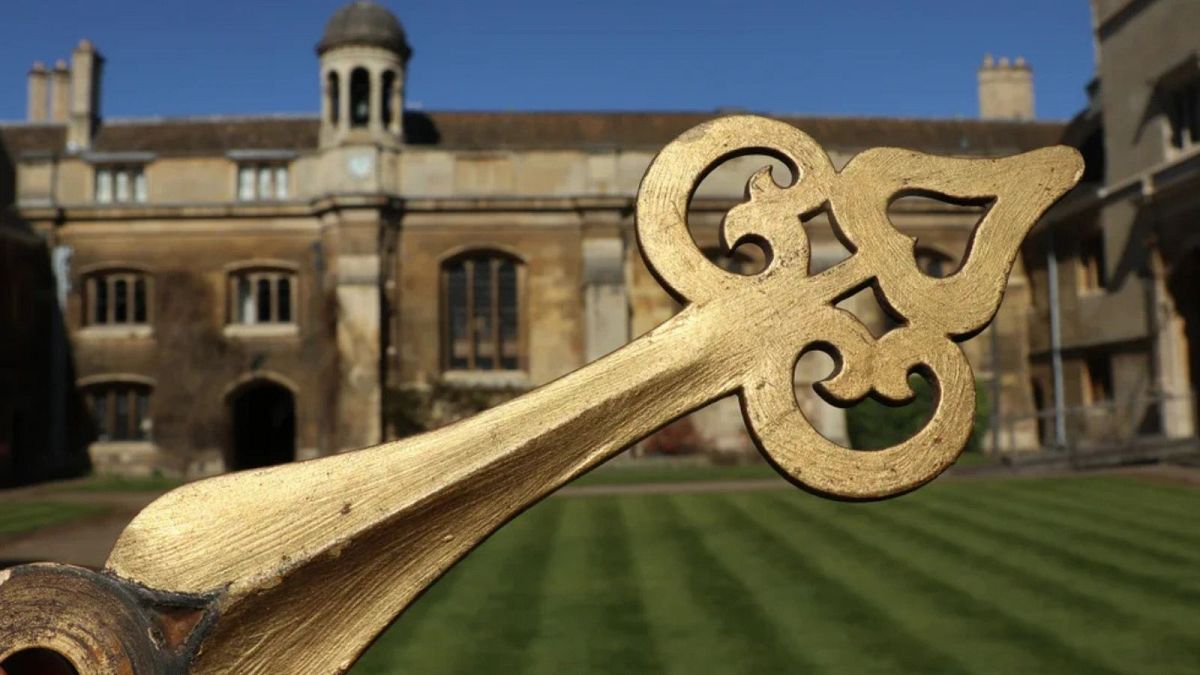A mysterious mummy called “Bashiri” has captivated the minds of Egyptologists for more than a century, but no scholar has ever unearthed it.
A mummy, known as the “Untouchable,” was discovered nearly a century ago in the Valley of the Kings region of the ancient city of Luxor. Renowned Egyptologist Howard Carter made the discovery in 1919, three years before he found the magnificent tomb of Tutankhamun.
The method used to tie the embalming cloths of this ancient corpse has not been used on any other mummy. The wrapping of the fabrics has created an intricate pattern on the mummy's face which resembles the architectural design of Egypt's famous pyramids.
The amount of precision and finesse in the mummy's packaging suggests that this individual was a very important figure in ancient Egyptian society. But the identity of the body remains unknown, as opening the mummified cloths to study it may irreparably damage this unique mummification technique.
Scientists have used other methods to look inside of it and have found clues about its identity.
CT scans and X-rays, performed without ever touching the mummy, have revealed to researchers that the mummy of “Bashiri” was a man about 167 centimetres tall.
Scholars argue that the mummy dates back to the Ptolemaic period, between the 2nd and early 3rd centuries BCE.
The art of mummification was at its peak during this era. The mummy offers a unique view of burial rites during the Ptolemaic period and is currently kept in the Egyptian Museum in Cairo.
The cloth roles and drawings on the mummy's face resemble the architectural design of Egyptian pyramids, which may indicate the degree of respect and high status of this individual in society.
But why can't scientists unravel this mummy?
Opening the mummy's cloth is the most direct way to obtain information about the remains within it. But these fabrics are very delicate and fragile, and damaging them would destroy the only known example of this mummification technique.
For this reason, specialists have used non-invasive methods such as CT scans and X-rays.
The researchers say observing the mummy's decorative appearance offers information about this person's place in life. For example, the lateral lock on his chest is made of several rows of beads and has barbs in the shape of a hawk's head, which is considered a sign of wealth and influence.
The bodice covering the mummy's body contains scenes of the deceased lying on a bed surrounded by the deities Isis and Nephthys. Also present at his side are the four sons of the god Horus, child of Isis.
Join Euronews Farsi Telegram Channel
The veneer of the mummified feet also features two depictions of Anubis, the god of burial. These details suggest that this individual was a very wealthy and important man, but none of these clues have led to the discovery of his name.
The only extant indication of this individual's identity is an inscription hastily written inside his tomb, which may be the name “Bashiri” or “Neno”. However, experts have so far been unable to determine with certainty which name is the correct one.
Specialists continue to use non-invasive methods to study these amazing remains and may uncover more clues about the mummy's identity.
Until then, Bashiri's mummy will remain shrouded in a halo of mystery.

 1 week ago
8
1 week ago
8






 We deliver critical software at unparalleled value and speed to help your business thrive
We deliver critical software at unparalleled value and speed to help your business thrive






 English (US) ·
English (US) ·